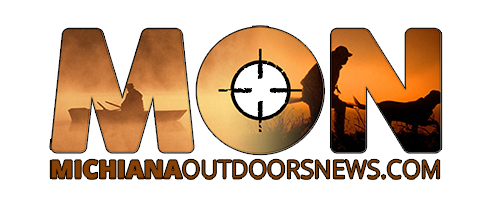- Details
MLF Report
By CHAD STEWART, Deer, elk and moose management specialist Michigan Department of Natural Resources
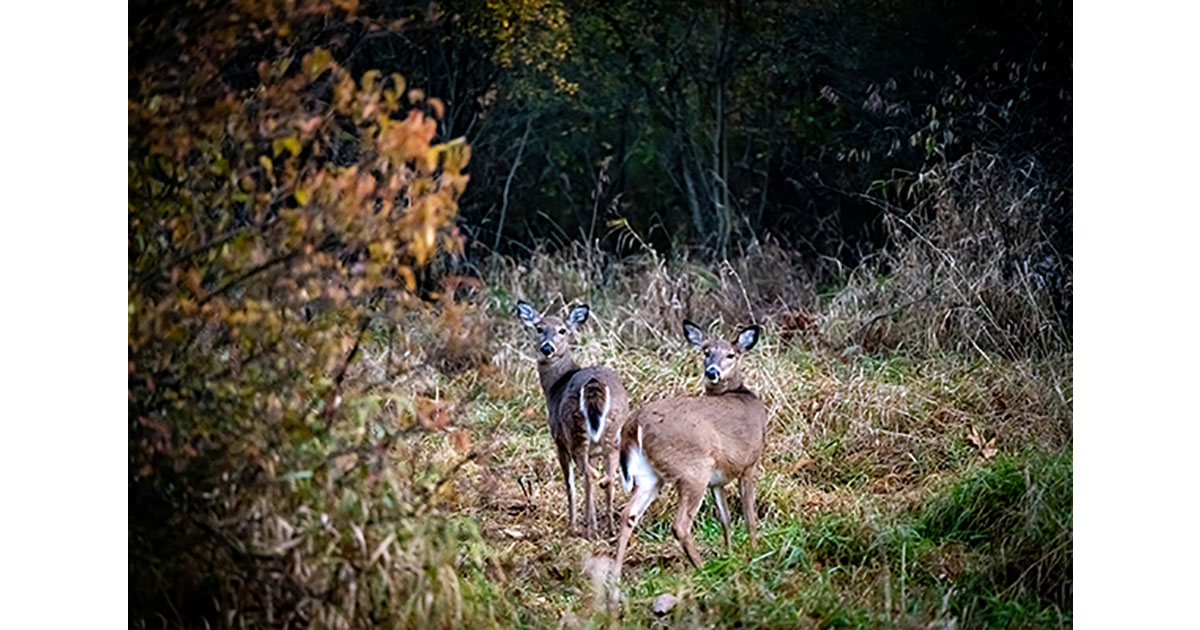 Deer herd
Deer herd
The 2023 Michigan deer hunting season is about ready to kick off, and we need to have some frank conversations about deer management in this state. Primarily, our deer seasons aren’t impacting our deer herd like many may think. If you are in the Lower Peninsula, we simply aren’t taking enough does during the season to control the growth of our deer herd in many areas.
Comparative harvest
Since 2000, do you know how many years we have harvested more antlerless deer than antlered deer in the state of Michigan? The answer is one. In 2009, we had an estimated antlerless harvest of 220,913 and an estimated antlered harvest of 215,104. Every other year in this century, we’ve taken more antlered deer than antlerless deer. If you make a quick comparison with the states around us, such as Illinois, Ohio, Indiana and Wisconsin, they all typically harvest between 8% to 25% more antlerless deer than they do antlered deer in a given year. Using those measures, we should be harvesting between 43,000 and 68,000 more antlerless deer in the Lower Peninsula alone!
While this sounds like a lot, keep in mind that the Lower Peninsula has about 40,000 square miles of land. While not every square mile is created equally, and some of those square miles won’t hold any deer due to intensive development or other factors that make the land unappealing to deer, one can see that such an increase in total harvest CAN be achievable, especially in areas where deer are abundant.
- Details
MDNR Report
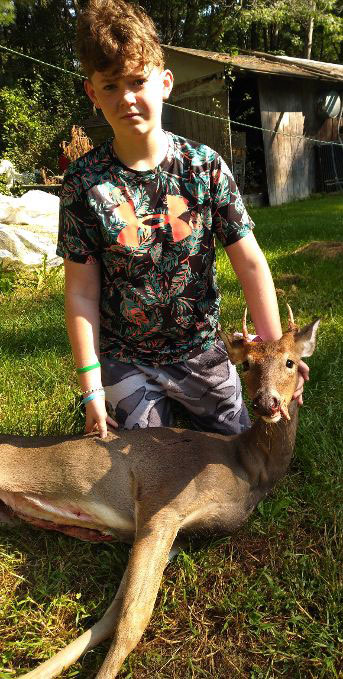 Youngster with deer
Youngster with deer
Mason Koch shows off the first deer he has ever shot, taken during the Michigan youth hunt recently.
With deer season opening in Michigan this month, the DNR wants anglers to review rules and regulations.
The youth hunt was held last weekend. The early antlerless firearm season on private lands in the Lower Peninsula is this weekend. As Michigan hunters prepare for the upcoming season, here are some matters that hunters need to review:
Report your deer harvest online
Just like last year, all harvested deer are required to be reported. The easiest way to report a harvest is by downloading the Michigan DNR Hunt Fish app.
Once the app is downloaded and you’ve signed in or created an account, you can enter the harvest report information.
- Details
MDNR Report
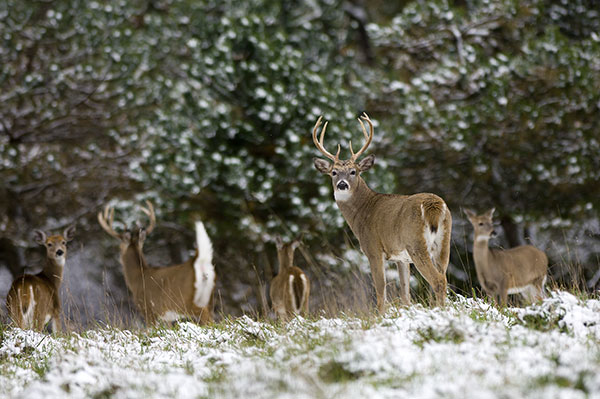 Michigan Deer
Michigan Deer
The 2022 deer hunting season has officially come to a close.
It was a year of firsts in 2022, highlighted by the requirement that successful hunters report their deer harvest within 72 hours. Because of declining response rates with the traditional deer hunter survey, Michigan joined many other states in requiring deer harvests to be reported, which should improve harvest estimates and the timeliness of deer season reports in the future. Supporting the new harvest reporting process was the launch of the Michigan DNR Hunt Fish app, which allows hunters to purchase licenses, manage hunt drawings, get important updates from the DNR, report harvests, and more.
For 2022, 586,595 hunters purchased a deer license, which is about 1% less than in 2021. The first year of electronic harvest reporting resulted in a reported harvest total of 303,087 deer. Sanilac County led the state with a reported 8,150 deer harvested, followed by Montcalm (8,103), Newaygo (7,422), Jackson (7,141) and Lapeer (6,976) counties. There were 182,586 deer reported harvested in the southern Lower Peninsula, 97,714 reported from the northern Lower Peninsula and 22,787 reported from the Upper Peninsula.
Michiana Outdoors News Area harvest numbers of each county, with antlerless deer show in parenthesis, are: Jackson 7,117 (4,135), Calhoun 6,057 (3,462), Branch 4,316 (2,288), Van Buren 4,521 (2,543), Kalamazoo 3,717 (2,155), St. Joseph 3,536 (1,779), Cass 3,314 (1,821) and Berrien 2,835 (2,543).
There is a full harvest report summary dashboard that contains all the antlered and antlerless harvest statistics by county and season for anyone wanting to look at how things rounded out in their neck of the woods.
Unsurprisingly, the most harvest reports came during the firearm season, with 154,598 deer reported taken Nov. 15-30. Interestingly, 45,834 deer were reported taken on opening day of firearm season, translating to nearly 30% of the firearm season harvest and over 15% of the overall deer season harvest. The total reported for archery season was 95,125 deer. The combined total of harvest reports in firearm and archery seasons, 250,083 deer, made up 82.5% of the total harvest.
- Details
MDNR Report
As hundreds of thousands of hunters head into the field with Michigan’s firearm deer season, the DNR encourages them to help hungry families in their community by donating a deer to Michigan Sportsmen Against Hunger.
“Hunters who donate a deer will help local communities in need by providing them with highly desirable venison meals,” said Joe Presgrove, public outreach analyst in the DNR Marketing and Outreach Division who coordinates the department’s partnership with Michigan Sportsman Against Hunger.
- Details
MDNR Report
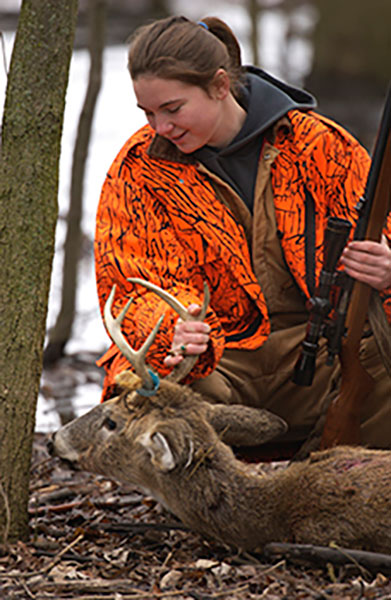 Deer hunter with harvest
Deer hunter with harvest
Michigan’s annual deer hunting seasons – to many, as much a fall tradition as football, apple cider and pumpkin patches – are once again underway.
Starting with the fall 2022 deer seasons, all hunters who successfully take a deer are required to report it through the DNR’s online harvest reporting system.
This new reporting system is something many hunters have been requesting for several years. During this first fall with mandatory online reporting, conservation officers will focus on educating hunters on the new process, rather than issuing tickets, then begin enforcement next year.
Since the 1950s, the DNR has gathered deer harvest information by mailing surveys to a sample of hunters.
“The new system represents a major change for all Michigan hunters,” DNR deer, elk and moose management specialist Chad Stewart said. “The system will provide us a near real-time estimate of deer harvest as it occurs, something Michigan has never experienced before.”
One of the most important reasons for the move to online harvest reporting, according to Stewart, is more data.
